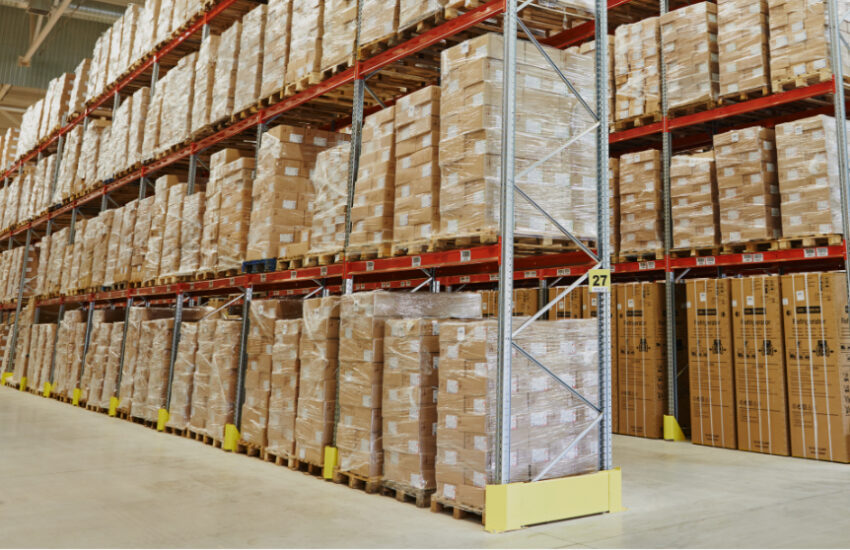This is an era of competitive edge. Every operation in the any organization or institute should be competitive. It will enhance the cost effectiveness.There are various areas of operations and activities in any organization or institution. The effective warehouse management is one of the important activities in the organization. There are various functional areas ofware house management like building and space planning, storage system, Material handling system, automation, inventory management, ware house safety.
In this article I have touched the Efficient Storage System.
The efficient storage system should be such that enhances the following major benefits:
- Well planned and defined storage
- Space utilization to its best
- Quick retrieval
- Safety
- Access to requirement e.g. FIFO, LIFO, RANDOM
- Maximum utilization with minimum cost
- Efficient and quicker handling
- Automation in the system can be operated unmanned with high speed
- Location can be marked
- Since system utilizing height, the carpet area is less required results in to lower building capital and revenue cost
- One of the important 5’S’ tools / equipment
It is needless to say that the all above benefits are key in warehouse functions tocost effectiveness with efficient supply chain system.
Before talking more on Storage Equipment, letus understand the different types of loads
- Unit Load or Palletized Load
- Bulk containers
- Cage Pallets
- Stillages
- Carton Loads
- Bins / Tote boxes / Crates
- Pallet less Load or Individual Storage Load
Unit Load or Palletized Load:The items like belly, jumbo bags, cartons, bottles, drums, sacks are placed together on flat base having bottom legs keep flat surface raised from ground to form a unit load. The assembled items are bind firmly either by strapping or stretch film wrapped. In many cases the items are sent to destination with pallet. The pallet which is a flat base with bottom legs can be of wood, steel or plastic materials.
Another Unit loads:
Bulk containers:This is another type of unit load system. The special chemicals are handled in cubical plastic container and fixed on steel pallet with steel wire guard. They are handled similar to pallets
Cage Pallets: This is also one type of unit load. The loose items are placed in steel cubical with pallet base. They are stackable. The cage pallets are collapsible and fixed. They are also provided with single or double side half access door
Stillages: They are similar to cage pallets but provided with bottom castors which provides manual floor movement
Carton Load: The product or item is placed in carton and sealed / strapped.
Cartons can be stored individually or on pallets
Bins / Tote Boxes/ Crates: The loose small / tiny items are stored in a container having stackable base. Many of them have slot for access to stored material even when stacked
Palletless or Individual Storage Load: The items like white goods, paper rolls, carpets, Steel coils, milk crates are stored individually and handled without pallets
The unit loads are of many types andsizes. The flat base pallets are made according to EN and ISO standards. The material used for pallet should be suitable to the environments where in they are stored. They shall have the ability to withstand the deposited load and suited to installation designs.
It is important to consider all aspects to ensure the most suitable storage and material handling system
Pallet Details: Length, width, depth, under hang under forks, two way, four ways etc
Load Details:Maximum weight and dimensions e.g. length, width and height, loads conditions like fully covered overhang, bowed or fanned. The load on pallet should be uniformly distributed
Floor:A slab is a basic structural component for operating warehouse. The floor shall be suitable to withstand the forces transmitted by the storage system and handling equipment. Minimum recommended concrete shall M20 with a minimum compression strength of 20N/mm2. The planimetry and levelling of slab must comply to system requirements
The majority of loads can be stored in racking systems to use height of the building and the floor capacity. Other loads are block storage on floor.
The racking systems are classified as
- StaticRacking
- Palletized Racking
- Adjustable Palletized Racking
- Double deep Palletized Racking
- Narrow and very narrow aisle Palletized Racking
- Drive in Type Palletized Racking
- Shuttle Racks
- Gravity flow palletized Racks
- Multitier Shelving Racking System
- Cantilever Racking System
- Steel multitier Mezzanine
- Palletized Racking
- Mobile Racking System
- Block Storage



